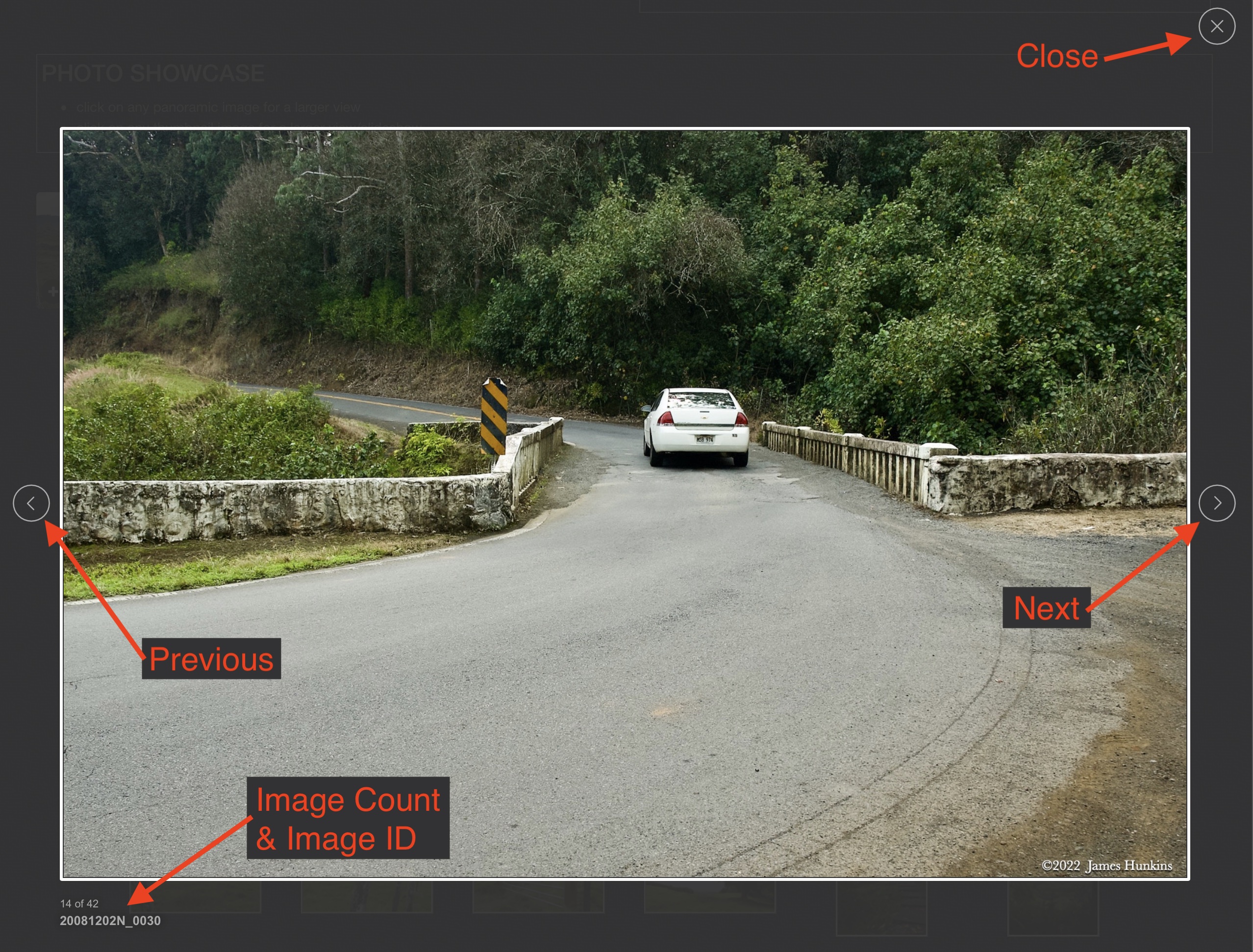Namibia 2021
ON TO NaDEET
DAY 5 : WEDNESDAY SEPTEMBER 01, 2021
After another nice wakeup call with a cup of hot tea and fresh water next to my cot, we once again enjoyed a wonderful breakfast and prepared for our last day of hiking through the dunes.
As you can see on the map on the prior page of our hike, there are ridges of dunes with at times relatively steep edges. Flat open areas sit between some of them with scattered bunches of grasses and scattered trees - very much like some of the pictures of Africa that I remember as a child from National Geographic. These open areas were populated by small groups of Greater Kudu following in a line behind a leader as they grazed along on the sparse plants.
As per the trail’s name, we saw many Tok Tokkie beetles scurrying along amidst many additional beetle trails. Our guide Sebastian was kind enough to hold one up for closer examination while he discussed their purpose. Basically, in such an arid region, much of the micro-organisms that help break down plants and animal waste just don’t exist. This is where the many varieties of beetles in Namibia (along with termites and other creatures) come in. Each of them is specialized with a specific diet which in turn breaks down the plant and animal waste, feeding it back into the soil helping build up the soil nutrients. The beetles are a critical part of the ecology of the region.
One nice thing with sand is that it makes it easy to follow the prints of a variety of animals. Just before we got to the NaDeet Centre we ran into some strange prints which apparently had five toes and were two footed. One never can tell what you will run into when out in the wild!
We ended up the hike at the NaDeet Centre where they educate people on how to have a sustainable lifestyle. This includes generating and efficiently using electricity, preserving water, and even baking with solar energy. Materials used are relatively inexpensive and have minimal impact on the environment. My favorite part was how they take waste paper material, soak it to break it down and then make fuel balls which can be used as a slow burning fuel for ovens to heat water and for other purposes. Very minimal waste.
NaDeet brings in groups of students, teachers and community leaders who will then share their new found knowledge with their own communities. A great cause worthy of supporting (donation information is on their website in the links here).
Once we were done with the NaDeet tour, we headed back to our van and were off to the desert Sossusvlei Lodge. We each had our own ‘cabin’ with spacious rooms. Each had a porch looking out into the desert for wildlife viewing. We all took some time to clean up and relax, catching up on email and stuff.
That night we enjoyed an outdoor selection of many local game animals and foods. While we were eating one of the Black-backed Jackals actually came up to the wall looking for handouts. While it was interesting to see, it was also sad that it had clearly been fed too much by visitors and had lost its fear of people.
PHOTO SHOWCASE
- click on any thumbnail image for a larger view/slideshow
























